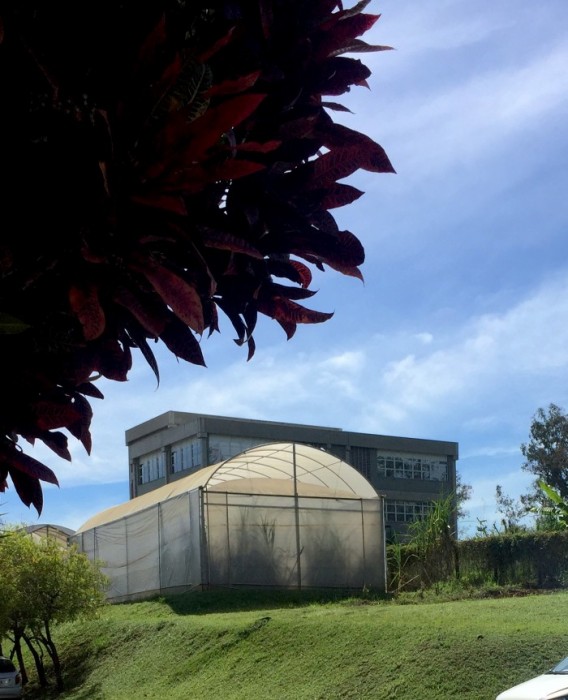The 1949 Fisheries Law in Japan underwent a historic revision in 2018, which went into effect in December 2020. The revision included the further application of science-based resource assessment, the introduction of the Individual Quota (IT) system, the expansion of the Total Allowable Catch (TAC) to more commercially targeted species, and the loosening of the entry restrictions to open fisheries to private companies. While the inclusion of scientific knowledge and approaches could deepen our understanding of oceans and marine species in the Anthropocene, most coastal fishing communities in Japan, whose fishing operation is local and cooperative-based, could find this revision a threat to their communal livelihoods due to its emphasis on rationalized single species-oriented approach to management, rather than a relational multi-species approach for their community wellbeing. This short essay aims to supplement and contextualize my recent article in Environment and Society (Hamada 2020) with the current state of Pacific herring fishery in Japan.
Tag: multispecies
Some Chemical and More-Than-Human Transformations of Sugar/Energy
Oblivious, or maybe not, to a warming planet and intense global discourse around renewable bioeconomy futures, a tiny sugar molecule one day is synthesized and then makes its way into a cell wall of a sugarcane plant in the southern region of Brazil. This is not the type of sugar that would be found on the kitchen table. The molecule remains there for the life of the plant, offering fibrous structural support for the towering stalks as they grow up to five meters tall. This sugar compound is called cellulose and is found in all plants and several types of microbes. It is the earth’s most abundant biopolymer made on land and its largest carbon reservoir (Li et al. 2014). While not on the kitchen table per se, cellulose is likely in it (if the table is wooden).
Read More “Some Chemical and More-Than-Human Transformations of Sugar/Energy”

